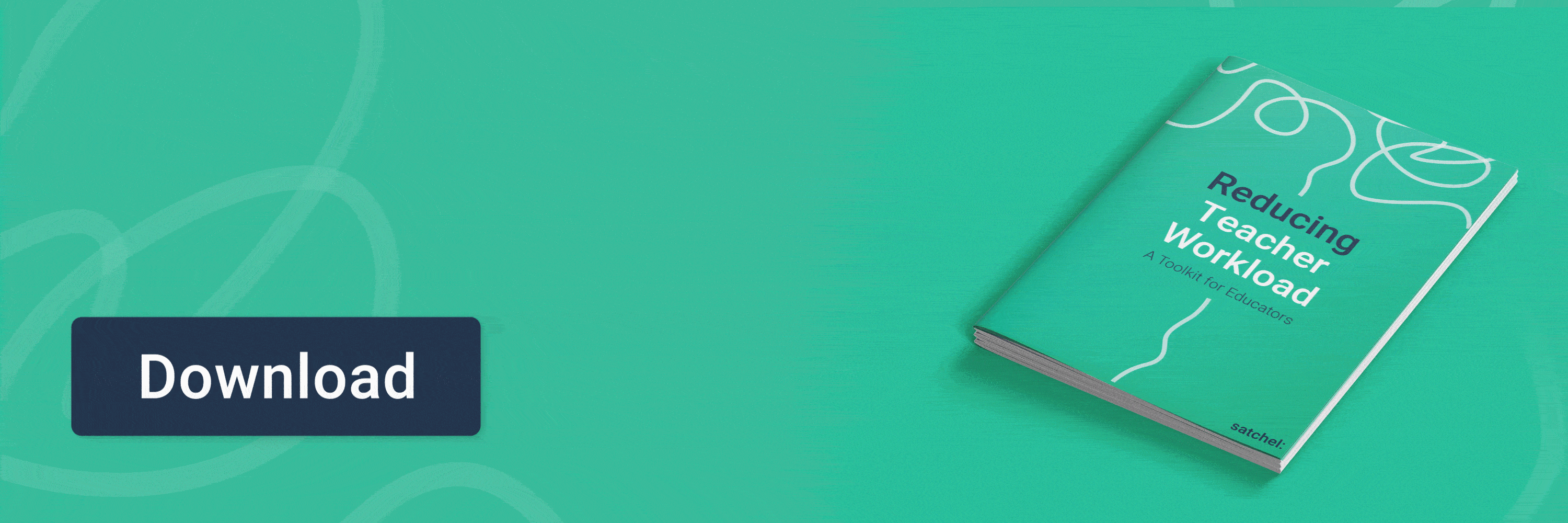Author: Ben Greenwood
Posted: 09 Oct 2019
Estimated time to read: 4 mins
For Dyslexia Awareness Week, we wanted to take a closer look at the learning difficulty that is largely misunderstood and provide real actionable advice to teachers who teach dyslexic pupils. Teaching students with dyslexia comes with its own challenges, but overcoming these challenges can be as rewarding for the teacher as it is for the student.
At least 1 in 10 people have dyslexia, with experts believing it could be anything up to 1 in 5 including undiagnosed cases. Amongst students, there are varying levels of dyslexia and it often goes unnoticed. It’s important that dyslexia is recognised as early as possible so that children with the learning difficulty can receive the support they need.
What is Dyslexia?
It’s a genetic neurobiological condition and can be inherited by children with dyslexic parents or grandparents. Dyslexia sits under the broad umbrella of specific learning difficulties, it is often misunderstood and misdiagnosed within this umbrella.
It affects the ability to apply phonemes (the sounds letters make when spoken in a word) to letters on a page and often includes associated difficulties with working memory and verbal processing speed. Dyslexia affects everyone differently and those with dyslexia may also have other difficulties that contribute to having a reduced reading speed which makes comprehension much more challenging. 
However, having dyslexia does not affect intelligence or self-motivation, as some think. A lower working memory makes it more difficult for short term information to be retained and processed by dyslexic students. When paired with a difficulty in reading, this can be extremely unmotivating and frustrating for students, often leading to a negative attitude towards certain kinds of work. Being able to tailor learning styles to students who struggle with dyslexia related issues will ensure that no student is left behind in the classroom, diagnosed or not.
5 ways to support pupils with dyslexia
- Teach memory strategies
Techniques such as visualise and associate and spaced repetition make it easier to remember complex subject matter and can ease any stress that dyslexic pupils feel when struggling with working memory. Memory strategies are also helpful for non-dyslexic students so there is no need to for them to be taught in isolation, this takes the pressure off dyslexic students by involving the whole class.
- Teach students spelling strategies that use their visual memory
A non-dyslexic brain has no trouble sounding out each letter to read an individual word. However, dyslexic brains aren’t able to combine letters to make a word. Instead, attaching word sounds to mental pictures of words from their memory should allow more dyslexic students to spell correctly. Ask them to take a picture of the word in their head, then reinforce this as their best strategy to help improve their spelling, writing, reading and editing skills.
- Discourage multitasking
Multitasking puts more pressure on the working memory and therefore reduces the already low capacity of the working memory for pupils with dyslexia. Offer more linear alternatives to multitasking in class and give all students the option to choose between the two. Try to encourage dyslexic students to opt for the linear task as they will perform better.
- Use specialist materials
It can be as simple as using off-white paper for worksheets with easily readable fonts and short, broken up instructions. Or you can opt for other specialised equipment, such as C-Pens (electronic scanners that read written text aloud), coloured reading cards and specialist software for dyslexic learners.
- Encourage good work and effort
Instead of disciplining behaviour that you see as lazy or unconcerned, praise effort and good progress. This shows that you are willing to recognise dyslexic pupils’ hard work and extra commitment to work. Constant disciplining of students when they get distracted from work will put them off completely and make future assignments even more difficult.
- Be more forgiving with loss of concentration
Non-dyslexic brains can usually deal with seven ‘chunks’ of information at a time, whilst dyslexic pupils will struggle with more than three. If a dyslexic student loses concentration, give them prompts back to the task and try to reword the work or go through it with them in a more linear, concise manner.
By understanding the way dyslexic students think, we can better support them in their learning journey. With the right combination of support, understanding and nurturing, dyslexic students can excel. In fact, pupils with dyslexia have been found to possess better problem solving skills than many non-dyslexic students, thanks to their inherent creativity and reasoning.
However, it is important that in our bid to include dyslexic students, we do not refrain from challenging them. By giving these students extra time, special equipment or by reading their instructions to them, as opposed to having them read the instructions themselves, students with dyslexia won’t be left behind in the classroom, but this doesn’t mean their work should be any easier or shorter.
As many as 1 in 5 people could have dyslexia
By identifying dyslexia as early as possible, teachers can not only adapt their teaching style to benefit dyslexic pupils, but encourage students’ parents to take a dyslexia diagnosis test. Most dyslexia diagnoses are made before the age of 12, however if it hasn’t been identified by secondary school, it may be harder to spot.
Some of the more subtle symptoms of dyslexia:
- Difficulty reading and spelling
- Reluctance to read out loud
- Negative behaviour that is masking dyslexic tendencies
- Laboured reading and writing
- Difficulty summarizing a story
- Misunderstanding metaphorical expressions or jokes
- Difficulty memorizing
- Mispronunciation of certain words
- Spending longer than usual on reading or writing work
- Trouble learning foreign languages
- Difficulty with some maths problems
If you notice a student struggling with any of these issues, try to give more support or consider talking with the school’s SEND team on potential assessments that could be supportive. It is obviously hugely important to know if a student is dyslexic before assessment periods and exams. Spotting symptoms could make all the difference for these students’ grades and their future in education.


